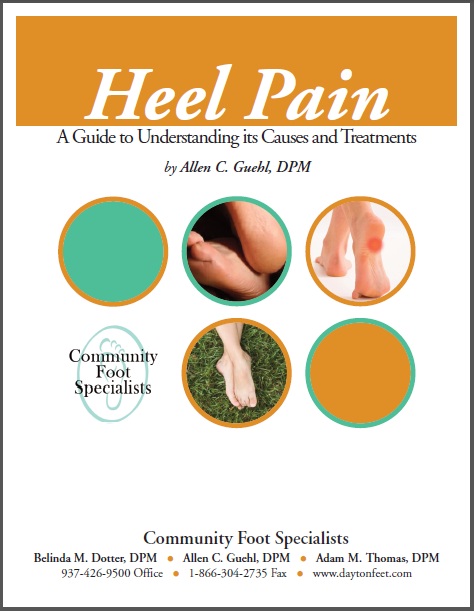Plantar's Warts
Verruca Plantaris, which are more commonly known as plantar’s warts, are usually found on the soles of the feet. A wart is a virus that infects the skin and can grow as a single lesion or as a cluster of lesions. Most plantar’s warts do not stick out above the surface like common warts because the pressure of walking flattens them and pushes them back into the skin. Plantar’s warts usually appear as a thickened spot of skin. For this reason, they are commonly confused with corns and calluses. A common discrepancy between warts and calluses is that warts are painful when being squeezed sideways. Unlike corns and calluses, warts are not typically painful when being pushed directly.
Traditional Treatments for plantar’s warts include:
-Over the counter acid patches containing (salicylic acid)
-Freezing products (can be over the counter or in the clinic)
-Duct tape occlusion
-Surgical excision
The podiatrists at Community Foot Specialists have recently began a new treatment protocol for plantar’s warts. We begin by shaving away the callused skin that has built up around the lesion. Once the dead skin has been removed, we apply a small amount of Cantharone directly to the wart. We then cover it with a band aid in order to allow it to act on the lesion. The skin on the foot is likely to blister underneath of the wart. The blistering helps to cut off the wart’s blood supply.
The normal actions of these medications are to form a blister underneath the wart. This occurs within 24 hours of application. Since warts are highly vascularized, the blister formation kills the wart by cutting off its blood supply. There maybe some pain associated with the Cantharone application, in which case we recommend washing it off. Sometimes, it only requires one application for destruction of the wart. If needed, we can continue to apply Cantharone every two weeks until complete resolution. We have had great success with this wart treatment. If you have unresolving lesions on the bottom of your foot, please call your podiatrist.
Once this Cantharone treatment is applied you should expect:
After 4 hours: mild discomfort may occur. Blister should occur after 24 hours.
After 4 days: Crusted blisters should fall off leaving a spot that may be tender and itchy. Medication may be needed to control itching.
After 7 days: May experience loss of pigment, but all symptoms should be gone.
Contact your Podiatrist if you have any questions about Cantharone Wart Treatment, or any other foot care needs.



















